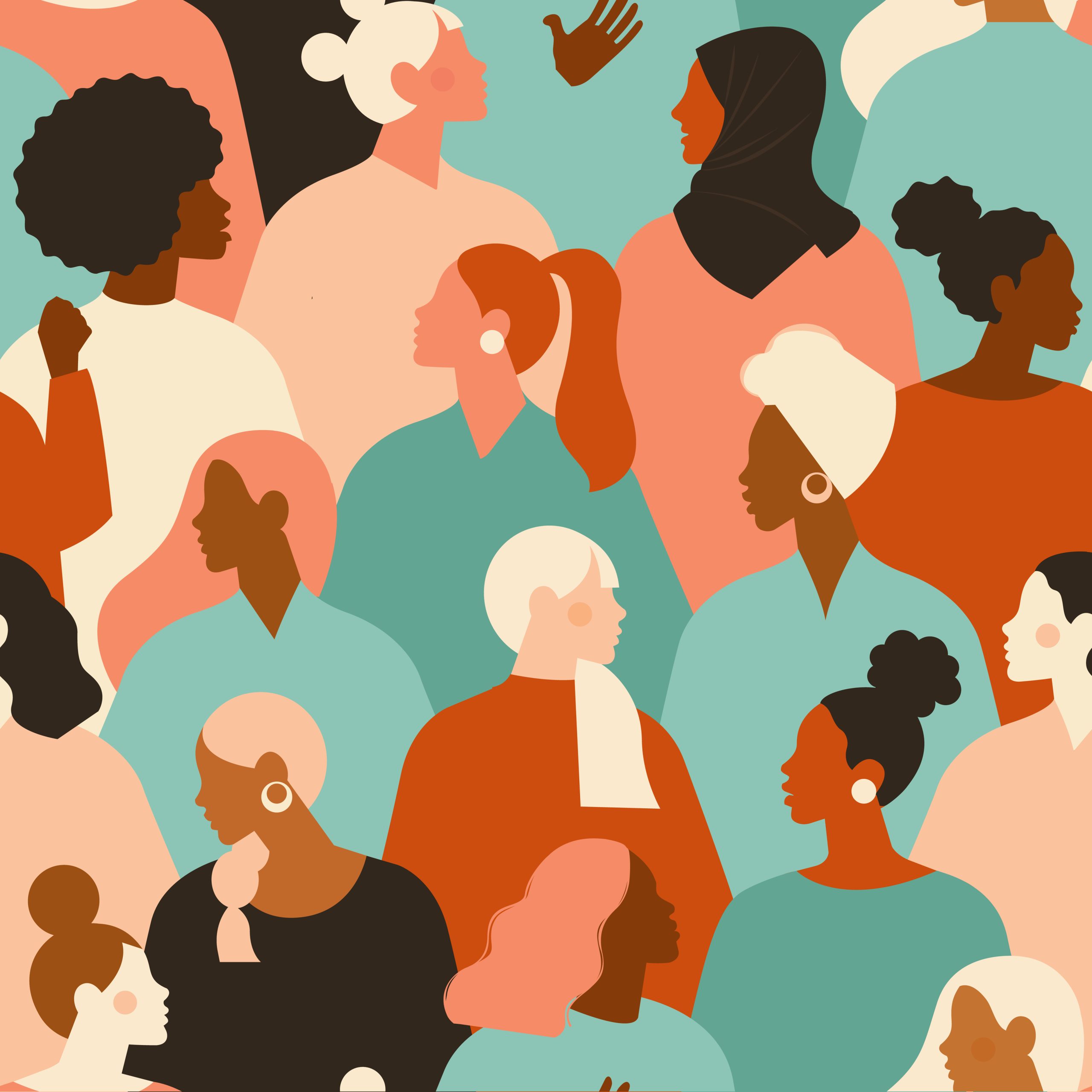- In trying to imagine a healthy crisis resourcing system, participants identified a lot of failures. Humanitarian action, in the traditional sense, often serves to reinforce existing power dynamics, including through continuing to marginalise those already marginalised. Needs assessment processes are not fit for purpose, and while purporting to meet the needs of the most vulnerable people in communities, efforts fall short.
- The humanitarian system is unable to respond to diverse needs, include all marginalised groups, and recognise intersecting vulnerabilities in communities in the way that WLOs and WROs can. WLOs and WROs can operate outside of formal societal structures and sectors to respond to needs as they find them among the community.
- For example, while large-scale international support goes to Ukraine, the needs of women with disabilities are not addressed; bomb shelters that were provided and built with UN and international support were inaccessible to those with disabilities. Through a women-led Organisations of Persons with Disability (OPD), funding was specifically sought and gained for Ukraine’s first ever accessible bomb shelter.
- Across the world, LGBTQI+ people and organisations face stigma, discrimination, criminalisation, and violence. In workplaces, schools, healthcare facilities or justice contexts, LGBTQI people face discrimination and shocking treatment. Lives are often lives in crisis all the time. These challenges can create the perception that LGBTQI people are too hard to work with in humanitarian crises, and that work will be too dangerous. Few bilateral organisations or international organisations have a dedicated LGBTQI humanitarian inclusion staff member.
- Humanitarian programming is not neutral and creates opportunities and access, elevating certain voices and not others. Often funding benefits those who create marginalisation and inequalities in the first place. Recognising that humanitarian aid can serve to reproduce inequalities and exclusion, and addressing this by working to re-balance power imbalances through a significant shift in support to grassroots organisations and movements would be a step towards a more just system.
“There’s no such thing as a ‘mainstream’ population. It is diverse all the way across.”
- Humans have interconnected needs through a range of dimensions including age, disability, gender, sexual identity, and others so how can a humanitarian system be geared towards a person in a more holistic way?
“The world is complicated. And comprised of diverse groups. Get used to it.”
- How can inclusion be meaningful? Inclusion per se is not necessarily transformative, as it can easily become a tick box exercise. Mainstreaming work to support excluded groups can be harmful, because when issues are mainstreamed, without dedicated time and resources, they become no one’s responsibility and can fade into the background. Specific underrepresented groups deserve unique attention to ensure inclusion. Genuine inclusion and addressing the intersections of vulnerability in communities require huge capacity and work by those who understand deeply the issues that people face.
“We were told that LGBTQI is not a priority. We have to ask how much they really care.”
